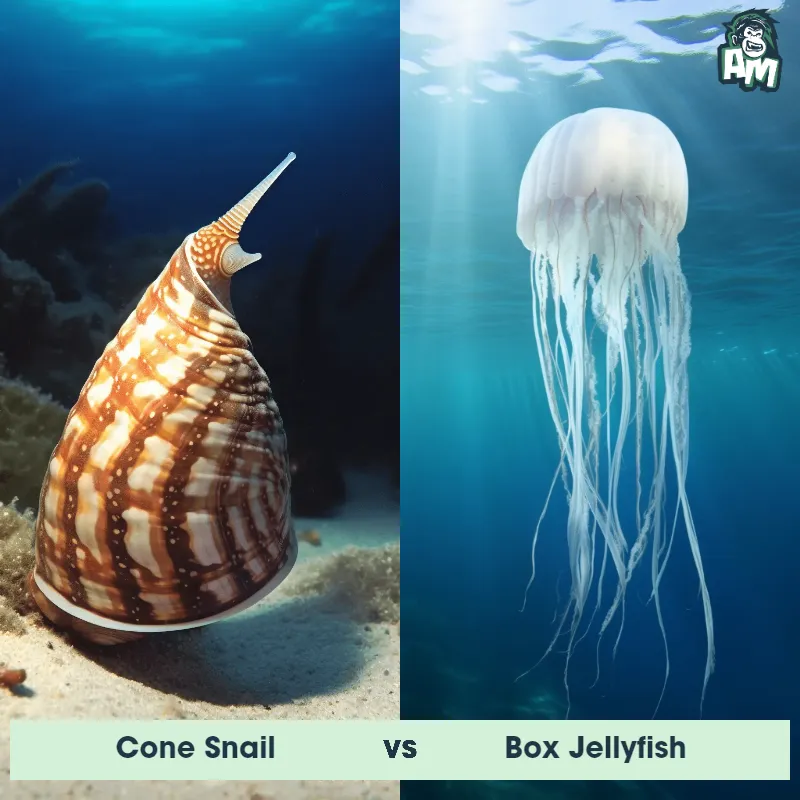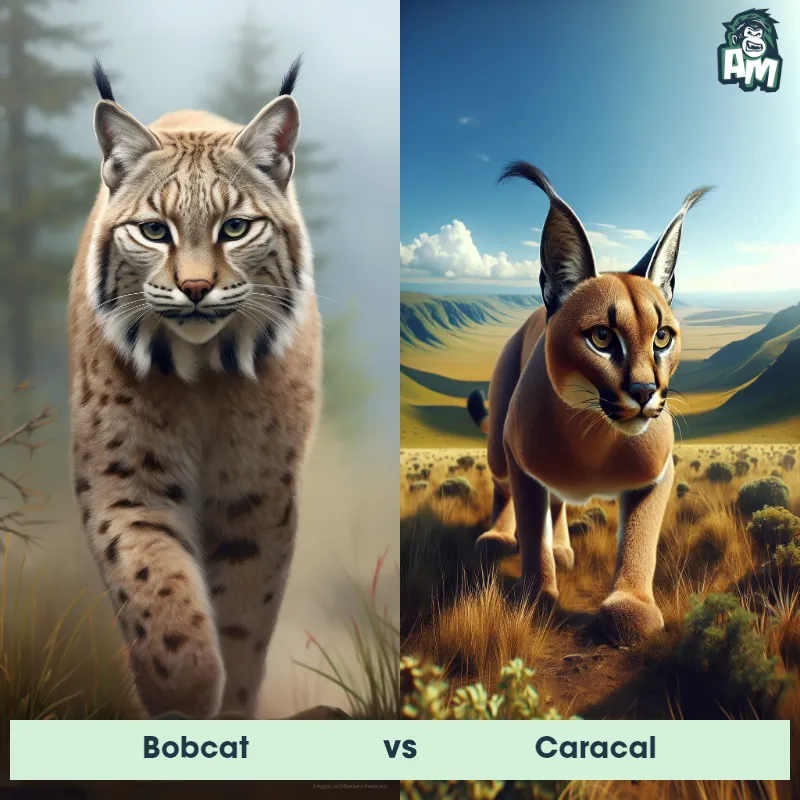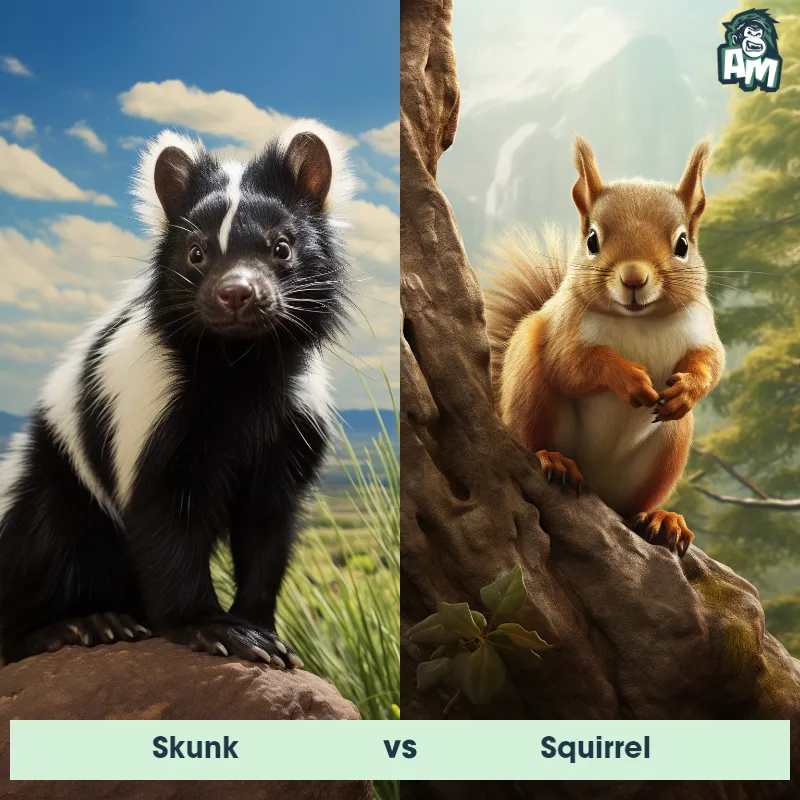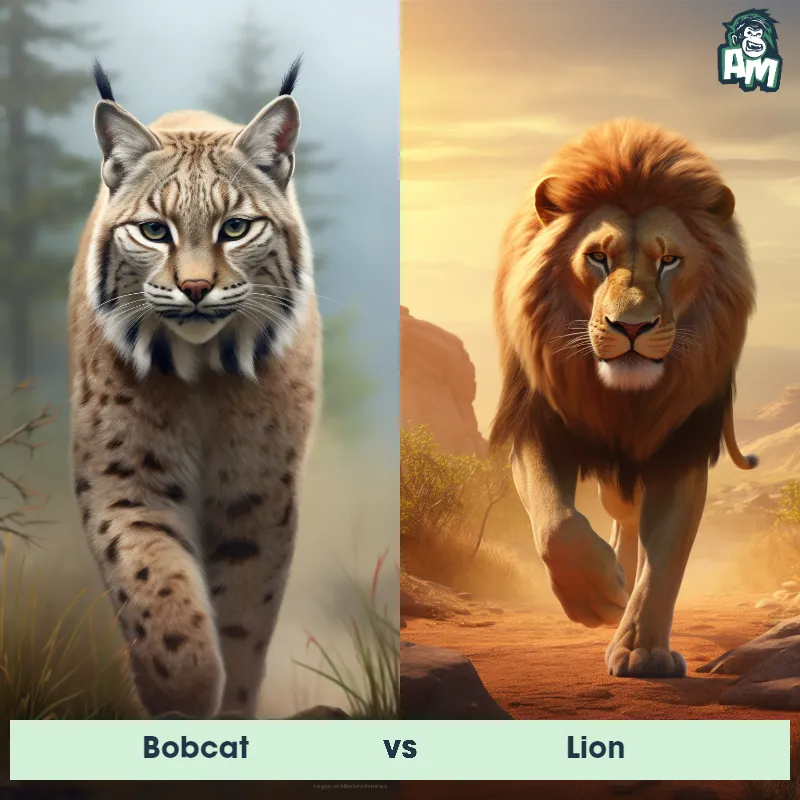Giganotosaurus vs KentrosaurusSee Who Wins

Welcome to an extraordinary showdown between two prehistoric giants! In the arena today, we have the formidable Giganotosaurus facing off against the spiky Kentrosaurus. Both behemoths are ready to battle in an epic three-round contest. Let's see who will dominate the ancient battleground.
Contender 1: Giganotosaurus
The Giganotosaurus, also known as the giant southern lizard, was a massive carnivorous dinosaur that roamed South America during the Late Cretaceous period. It was one of the largest land predators, measuring up to 40 feet in length and weighing around 8 tons. Known for its serrated teeth, powerful jaws, and sharp claws, Giganotosaurus was a formidable hunter that likely preyed on large herbivorous dinosaurs.
Fun Fact: Despite being slightly smaller than the Tyrannosaurus rex, Giganotosaurus had longer arms, which allowed it to have a wider range of motion and potentially be better at grasping and holding onto prey.
Contender 2: Kentrosaurus
The Kentrosaurus, also known as the "Kentrosaurus aethiopicus," was a herbivorous dinosaur that lived during the Late Jurassic period. It was characterized by its long, sharp spikes that ran along its back and tail, providing protection against predators. This dinosaur had a small head, a bulky body, and stood on four sturdy legs.
Fun Fact: The Kentrosaurus had one of the longest tails compared to its body size of any known dinosaur, with the tail alone making up about half of its total length.
Matchup Stats
| Giganotosaurus | Kentrosaurus | |
|---|---|---|
| Size | Up to 40 feet (12 meters) | About 14 feet in length (4.3 meters) |
| Weight | Around 8 tons (7,250 kilograms) | Around 1,100 pounds (500 kilograms) |
| Speed | 31-34 mph (50-55 km/h) | 15-20 mph (24-32 km/h) |
| Key Strength | Powerful jaws | Tail spikes for defense |
| Biggest Weakness | Short arms | Small head and body size |
Current Votes
Giganotosaurus vs Kentrosaurus
See Who Wins
View More Matches
Looking For More?
Similar Matches
Scientific Stats
| Giganotosaurus | Kentrosaurus | |
|---|---|---|
| Scientific Name | Giganotosaurus carolinii | Kentrosaurus aethiopicus |
| Family | Carcharodontosauridae | Stegosauridae |
| Habitat | Terrestrial | Land |
| Geography | South America | Africa |
| Diet | Carnivorous | Herbivorous |
| Lifespan | 25 years - 35 years | 20 years - 30 years |
Key Differences between Giganotosaurus and Kentrosaurus
- Spines: Kentrosaurus had distinct spikes and plates along its back and tail for defense, unlike Giganotosaurus, which had a smoother back without such adornments.
- Tail: Kentrosaurus bore a characteristic thagomizer with two pairs of long spikes at the tail's end, unlike the Giganotosaurus, whose tail was muscular and tapering.
- Limbs: Giganotosaurus possessed short, slightly reduced forelimbs with three-fingered hands, whereas Kentrosaurus had more proportionate limbs with hoof-like structures on its feet.
- Body Shape: Giganotosaurus had a robust, bipedal structure with strong, muscular legs, whereas Kentrosaurus featured a more compact, quadrupedal stance with a proportionally smaller body.
- Size: Giganotosaurus was much larger, reaching up to 40 feet in length, while Kentrosaurus was smaller, around 15 feet long.
- Skull: Giganotosaurus had a long, deep skull with sharp, serrated teeth, contrasting Kentrosaurus’s relatively small head with a beaked mouth adapted for herbivory.












